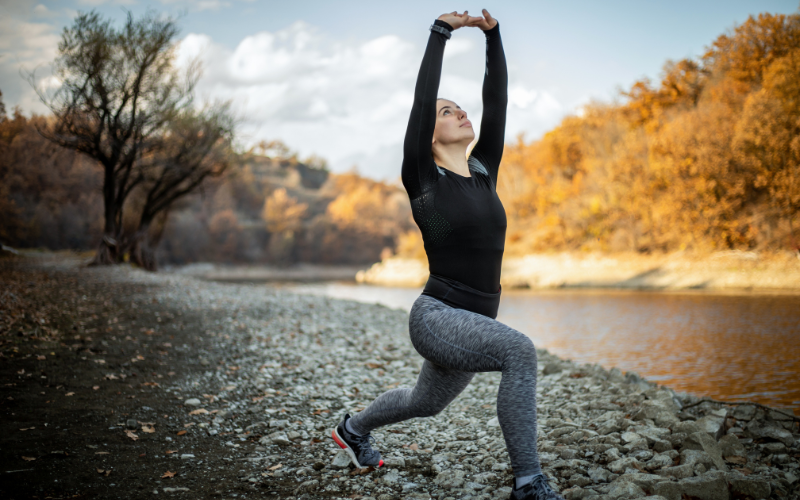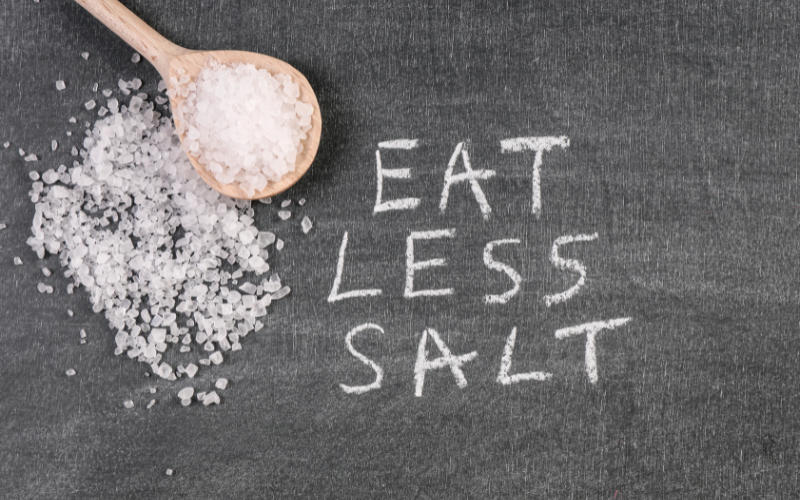Zoe Bingley-Pullin: Get Sweaty! The benefits of exercise and sauna use

Sweating is the body’s built-in air conditioning system. When our internal temperature rises, our sweat glands release water to the surface of our skin. As the perspiration evaporates, it cools the skin and blood underneath. Sweat arises from one of three instances - when we exercise, when we have a fever, or when we are anxious and stressed.
We all have around 4 million sweat glands that excrete a mixture of water, salt, amino acids and other substances. The exact composition of sweat varies from person to person based on hormone balance, physiological changes, and any bacteria and viruses in the body.
Top 10 benefits of sweating while you workout
We all know that physical movement of any kind delivers an abundance of health benefits, so if you’re heading out for a walk or some tai chi, then don’t stop. But….what if you physically exerted yourself that bit more to the point you break into a sweat? Ah, well that sort of doubling down will reap even more health gains! Here are the top ten advantages of combining working out and sweating.
- Skin health - exercise gets blood circulating throughout the body, which gives your skin a healthy glow from the inside out, thanks to the flow of oxygen and nutrients that nourish the cells. Sweat then opens up the pores to expel impurities such as pollutants, dirt, makeup and unhealthy bacteria. Overall the result is improved tone, clarity and texture.
- Boost weight loss - sweating shouldn’t be seen as a primary vehicle for weight loss but the process of perspiring itself requires a notable amount of energy, as does the increased heart rate generated from a workout. It’s true though that you may lose water weight during a session that will inevitably come right back, but because your body is working so hard to cool you down, you're burning calories which contributes to more permanent weight loss.
- Remove toxic compounds from body - sweating plays an important role in ridding the body of heavy metals such as lead, mercury, cadmium and arsenic. Some harmful, endocrine-disrupting chemicals can also be eliminated in sweat. These may include BPA (used in the manufacture of some plastics), some PCBs (found in older building materials), phthalates (found in everyday tools, toys and paint) and PBDES (flame retardants).
- Heart health - sweating while you work out can get your heart pumping and can reduce the risk of cardiovascular health problems. This comes down to the improvements in circulation and strengthening of vessels.
- Recovery – sweating improves circulation and blood flow to muscles. These actions not only flush out lactic acid which alleviates muscle soreness and speeds up renewal but also shortens recovery time from other types of injuries and illnesses as well. Studies show sweating even boosts growth hormone production, which is the body’s way of repairing itself.
- Immunity - sweating can cut our chance of getting sick by one third! It turns out that sweat contains antimicrobial proteins that are known to bind with certain bacteria, viruses and germs including H. pylori, E. coli, HIV, MRSA and tuberculosis. These antimicrobial substances attack germs and remove toxins.
- Mood - sweating with exercise helps to release feel-good hormones which boosts positive feelings and relieves anxiety and depression. Cortisol and stress hormones also drop after a spell of sweating.
- Pain – similarly to improving mood, sweating stimulates neurochemical pathways in the brain that result in the production of endorphins that act as natural painkillers.
- Relax & rest - sweating activates the parasympathetic response in the body that allows us to relax, digest our food properly, and sleep better.
- Menopausal symptoms – hot flushes are an unpleasant side effect of menopause, thought to be caused by estrogen dominance. Researchers have found that getting the heart rate up and sweating reduces the number of episodes.
What about a sauna – can you get the same sweat benefits?
The similarities between a sweaty workout and a sweat session in a sauna are a quickening heartbeat, a red face and calorie burn induced by the process of perspiration and heart rate. Thankfully the similarities don’t end there. Every one of the benefits you read about above can be achieved to some degree by sweating it out in sauna conditions. The key difference is that a workout will additionally contribute to building muscle whereas sweating alone will not do that. Let’s review the two main types of saunas.
Finnish saunas
Saunas have been used for thousands of years in Finland and nearly a third of all adults there take them regularly. The ideal conditions for a Finnish sauna are a temperature of between 70°C to 85°C and 5 to 10% humidity. Adding water to the coals in order to create the steam is part of the traditional experience - this creates a feeling of increased heat, even though the temperature in the sauna stays the same.
Studies have shown that sauna bathing can significantly reduce the risk of sudden cardiac death, fatal cardiovascular and coronary heart disease. It is also believed to reduce stress, induce deeper more restful sleep, improve exercise performance, muscle recovery and the skin’s moisture barrier properties.
Anecdotal evidence suggests benefits of saunas for sufferers of rheumatoid diseases, chronic fatigue and pain syndromes as well as protective qualities against Alzheimer’s, dementia, respiratory disease and pneumonia.
Infra-red saunas
Infra-red saunas are unique as special lamps utilise light waves to heat a person’s body from the inside, rather than heating the entire room. Temperatures are typically lower (approximately 60° Celsius) which is more comfortable for many people, but you still perspire in same way.
Although scientific evidence is still limited, exponents of infra-red saunas suggest that it will deliver all the same benefits as a Finnish sauna (or physical exertion), plus a number of additional, exclusive health benefits. This centres around deeper cellular transformation and healing and may include - increased production of collagen, new brain cells, human growth hormones and oxygenation of the blood. Plus improved insulin sensitivity, adrenal and lymphatic health and serotonin for moods.
Other considerations with sauna use
Since sweat is 98% water, it’s important to hydrate after sweating. Make sure you drink plenty of water to reduce your risk of dehydration. Other considerations of sauna use are to watch your blood pressure and avoid saunas if you suffer from heart problems. First timers are advised to aim for just 5-10 minutes in the sauna, building up to a maximum of 20 mins once you get used to it.
Exercise itself produces so many health benefits, but if you can, try to exert yourself a little more to work up a sweat at least once a week. This will expose your body to all the additional benefits that sweating brings. But if that’s just not possible and you have access to a sauna, then by all means get some of the same benefits of heating the body from either a traditional Finnish style sauna or an infra-red light one. Both will help you enhance your health and wellbeing by eliminating toxins, improving the immune system, your mood, relaxation and sleep among other things.











